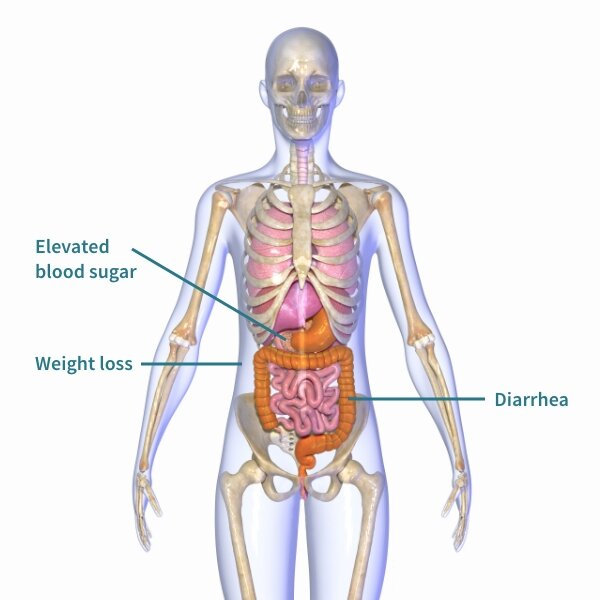Many NETs Are Slow Growing
Unlike some other tumors, a NET can be slow to grow. People may or may not have symptoms associated with the tumor, and the symptoms can sometimes be nonspecific, so they can be confused with other medical conditions.

Unlike some other tumors, a NET can be slow to grow. People may or may not have symptoms associated with the tumor, and the symptoms can sometimes be nonspecific, so they can be confused with other medical conditions.
Because many NETs originate from cells that make hormones, the tumors may also make hormones. When NETs begin to cause symptoms, they are referred to as "functional." On the other hand, nonfunctional NETs may also make some hormones but may not cause symptoms.
A functional NET can produce a number of different hormones depending on where the tumor first starts. They can be referred to by different syndromes.
The most common symptoms of these different syndromes can include, but aren’t limited to:
More common in NETs that have spread (metastasized) to the liver, carcinoid syndrome is caused by a number of different substances, including serotonin.
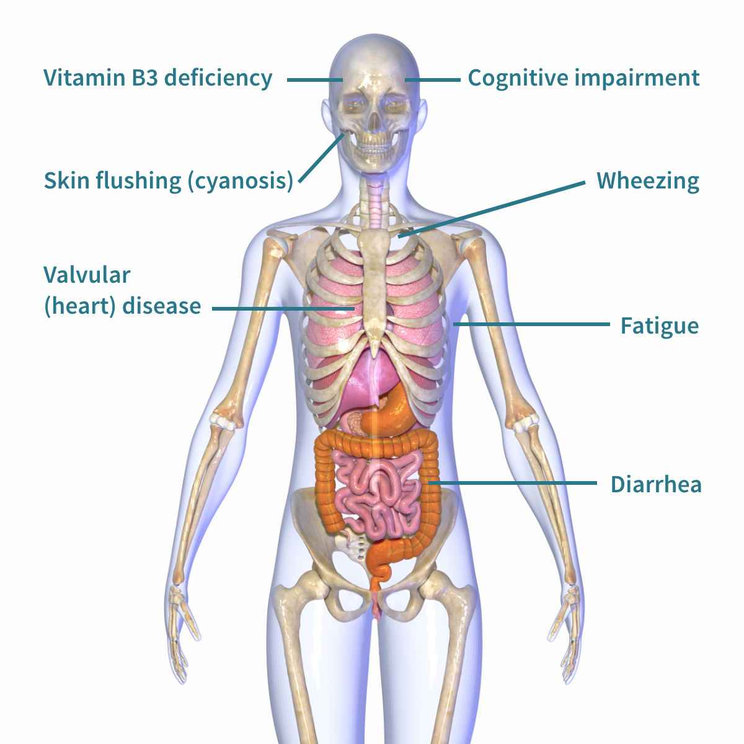
Sometimes called insulinomas, these NETs release insulin, a hormone that lowers sugar levels in your blood.
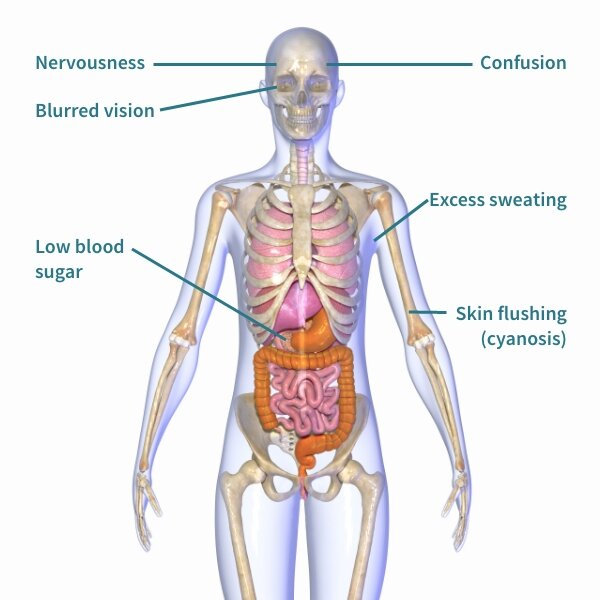
Sometimes called glucagonomas, these NETs release glucagon, a hormone that raises sugar levels in your blood.
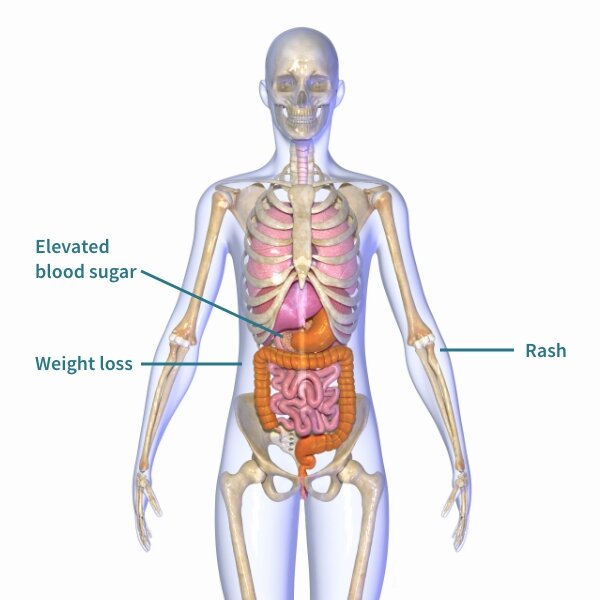
Sometimes called gastrinomas, these NETs release gastrin, a hormone that signals your stomach to produce digestive acids and enzymes.
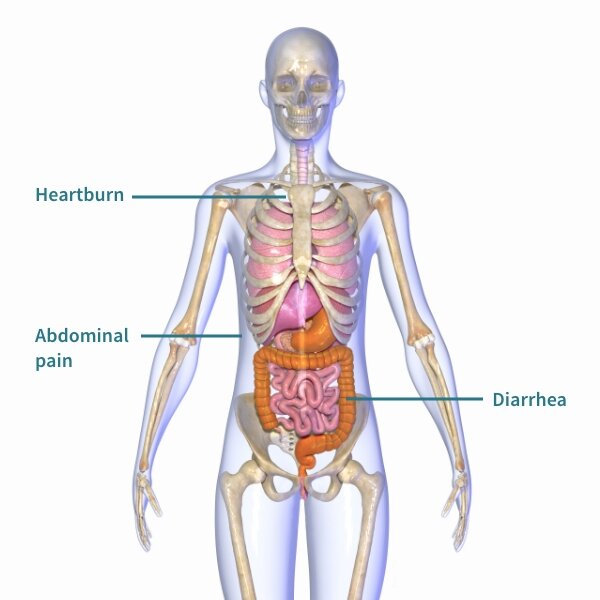
Sometimes called VIPomas, these NETs release vasoactive intestinal peptide, a hormone that stimulates the release of water and electrolytes into your intestines.
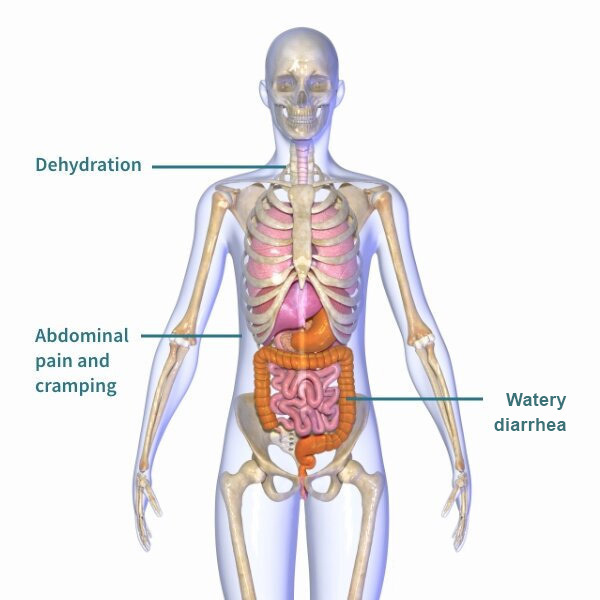
Sometimes called somatostatinomas, these NETs release somatostatin, a hormone that stops the release of other hormones including gastrin, insulin, and glucagon.
